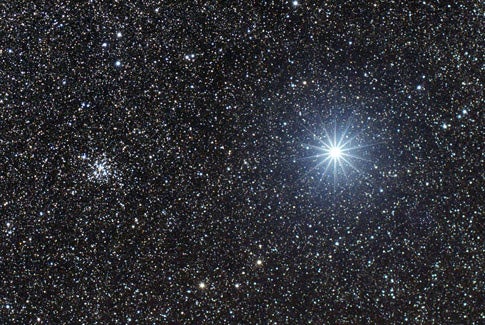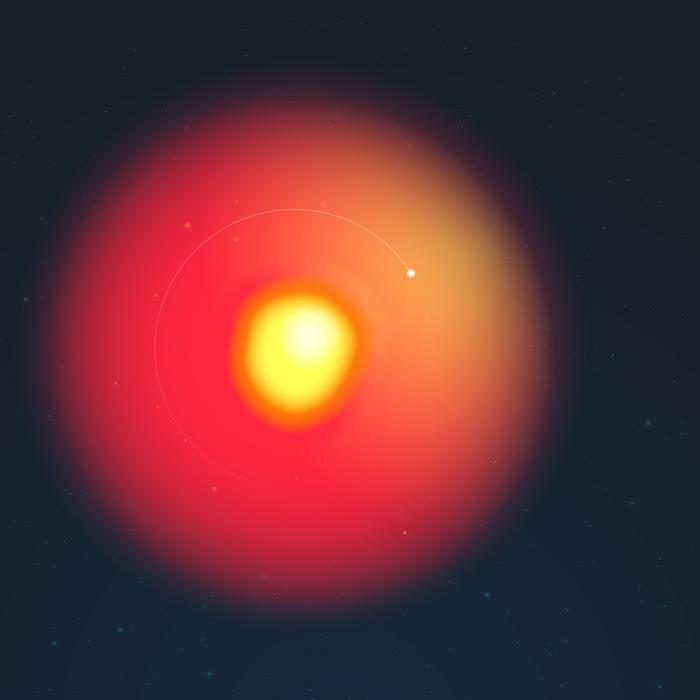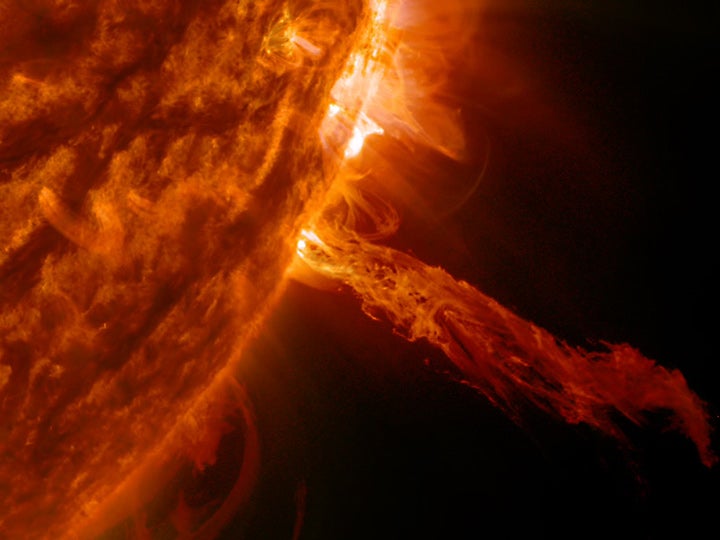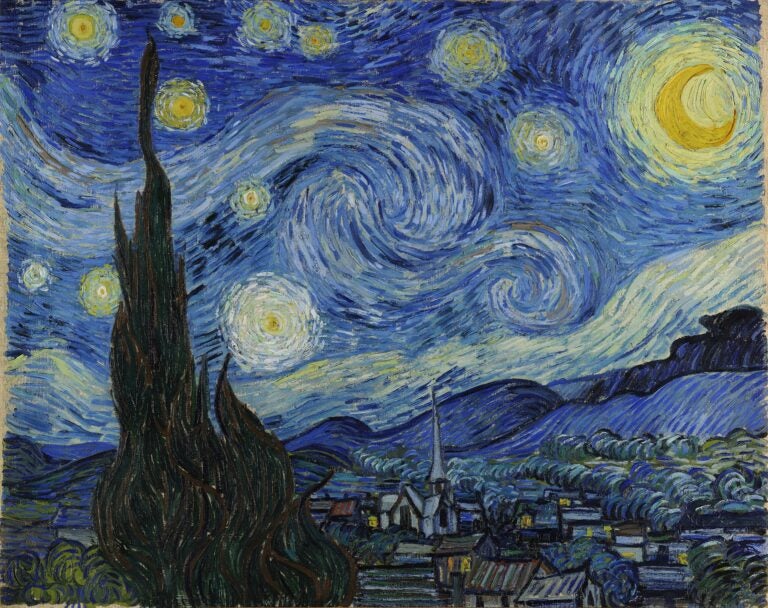After a low-mass star (lower than 8 solar masses or so) evolves past the hydrogen-burning main sequence phase of its lifetime, it goes through several other phases, such as the red giant phase and the asymptotic giant branch phase. Eventually, the outer layers are shed in a slow wind, and the hot core of the star is exposed. This hot central core, in the process of becoming a white dwarf, has temperatures of around 100,000 kelvins. This is hot enough to emit a lot of ultraviolet radiation, which ionizes the blown-off material, causing it to glow and become a planetary nebula.
There are two factors that cause this phase to be short-lived. One is simply that the material blown off the star continues to drift away and eventually dissipates into the interstellar medium. Additionally, as the central star cools and becomes a white dwarf, its luminosity drops to the point where it would be inefficient in ionizing the gas, even if it were present.
NASA Goddard Space Flight Center
Greenbelt, Maryland









![Albireo (Beta [β] Cygni) is a classic example of a double star with contrasting colors.](https://www.astronomy.com/uploads/2024/08/Albireo.jpg)
